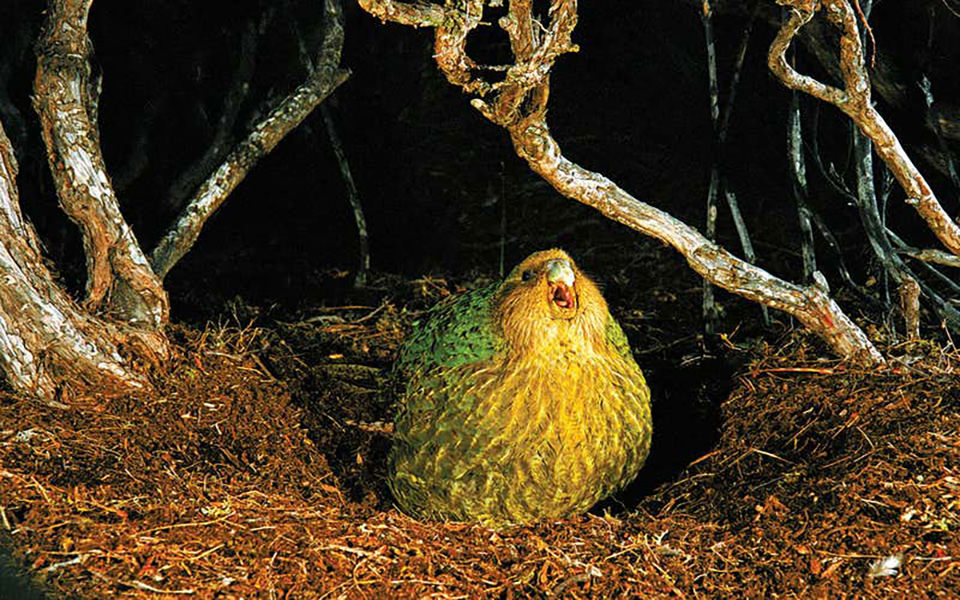How the living world was changed, by the woman who changed it
CRISPR gene editing has delivered on its every scientific promise. Jennifer Doudna and Samuel Sternberg’s book gives a generous account of this towering achievement.
KAKAPOS are fat New Zealand ground parrots that have stared into the abyss of extinction for decades. Conservationists have laboured to raise numbers from the moribund low 50s to a still ultra-critical 160 or so today.
Once a species becomes so depleted, however, a lack of genetic diversity can hinder its long-term salvation. A geneticist once told me of a crazy idea that might save the kakapo. He said that there are more stuffed kakapos in European museums than there are living birds. If we could extract DNA from those dead parrots, from a time when their numbers were large, we could genetically engineer the living birds to mimic the once healthy species by changing single letters of genetic code.
There are a lot of “ifs” here, but the modification of DNA itself – even at the level of precision this mad scheme would require – is eminently possible, thanks to a technology known by the acronym CRISPR. Ten years ago, identifying, characterising and modifying a gene then getting it back into an organism was a process that took weeks, months or years. With CRISPR you can perform the same process in days.
Incredibly, it looks as though CRISPR will live up to its hype, transforming every aspect of biology as genetic engineering did from the 1970s on. Tweaking individual letters of genetic code, it takes just hours to finely edit what evolution fashioned over billions of years. All aspects of the science of life are within CRISPR’s reach: disease, conservation, synthetic cellular manufacture.
CRISPR’s complex origins as a gene editing tool can reasonably be credited to a few key players: Jennifer Doudna is one of them. With her former colleague Samuel Sternberg, she has written a detailed account of the story so far. It may well end up being compared with the book that inspired a 12-year old Doudna in the first place: James Watson’s The Double Helix.


